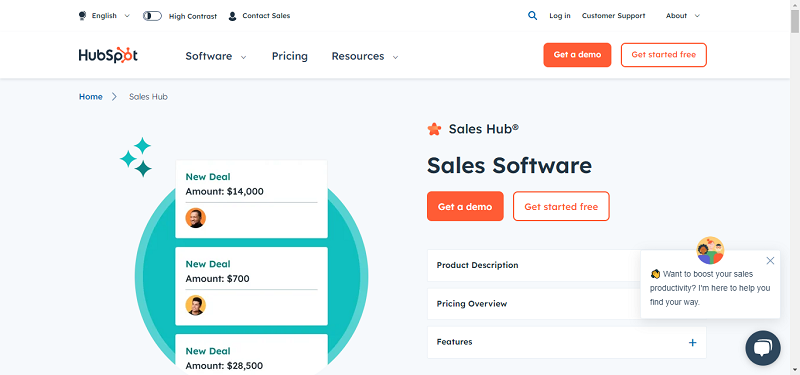Advances in the cloud have changed the way we interact with the world. From how we pay our bills to how we communicate to how we navigate city streets, the cloud’s arrival has proven disruptive to the old ways of doing things.
This is perhaps no more true than in the realm of business software, an industry that has seen seismic shifts in the last two decades. Expensive, exceedingly complicated software that once was the purview of the few is now available to the masses, courtesy of the cloud and attendant improvements in technology. These strides have resulted in the democratization of business software, the changing of an once-scarce resource into something everyone can access and use.

The shift to a more democratic, user-friendly, and affordable breed of business software has come about for a lot of reasons. Here are a few of the biggest ones:
As software has become more and more important to our day-to-day lives, it has also become friendlier for the end user. Actions that used to require reams of code and loads of technical know-how can now be completed with just a drag and a drop. Business software has followed suit, and increasingly looks, feels, and acts like consumer software. And with intuitive interfaces and familiar features, no specialized skills or training are required to get things up and keep them running.
The smartphone has put powerful computing technology in the palm of your hand, and lets your business go everywhere you do. Sophisticated yet easy-to-use software is available ubiquitously, meaning that employees are no longer chained to desktop systems. Utilize business software that has mobile version with all of its apps, which will make it easy to update information while in the field and stay connected no matter where they are.
Part and parcel of the democratization of software is the rise in consumer choice. Every day, new solutions are added to app galleries and marketplaces around the web, giving people multiple ways to tackle any business process. These app stores also give businesses the opportunity to see what other companies are doing to tackle similar problems.
There used to be a handful of software vendors that a business could choose from; now there are hundreds. Because there are so many options, customers can choose how they want to manage their processes without having to learn new skills.
Business software used to require a massive capital expenditure. As a consequence, only large companies with deep pockets could afford the features and capabilities software systems provided. However, the rise of the cloud and mobile technology have put an end to the need for installed, on-premise systems, and the costs (and time) associated with them. You no longer need a room full of servers to run your business; a smartphone will do just fine. The result? Small businesses finally have access to the tools the “big boys” have had for years, and can now provide the same world-class experience to their customers.
As software has gotten easier to use, more people are using software. Decisions about what systems a business would run was left to people with diplomas in computer engineering. But no more. Today’s business software is more user-friendly than ever, meaning that even non-specialists can be as empowered as the pros to make decisions about the systems they’ll employ.
What’s more, advances in data virtualization enable people to access the information they need without requiring special tools or knowledge. Data can now be retrieved without having to know its structure, location, or format; this means a lot more people can have access to the details they need, without needing a bunch of training to get there. You can finally get rid of the IT gatekeepers and take charge of your business.
We believe that software is making the world better, but you still need the right suite. You need software that’s easy enough for a tech novice to use, powerful enough for the expert, and priced reasonably enough so as not to impact anyone’s bottom line. Find a business solutions suite that’s “all-in” on cloud computing, includes a large selection of apps that are designed to handle every business process and run on every device, and is affordable. Most importantly, be confident the provider you choose understands your business goals and are happy and willing to help you every step of the way.
By Vijay Sundaram





